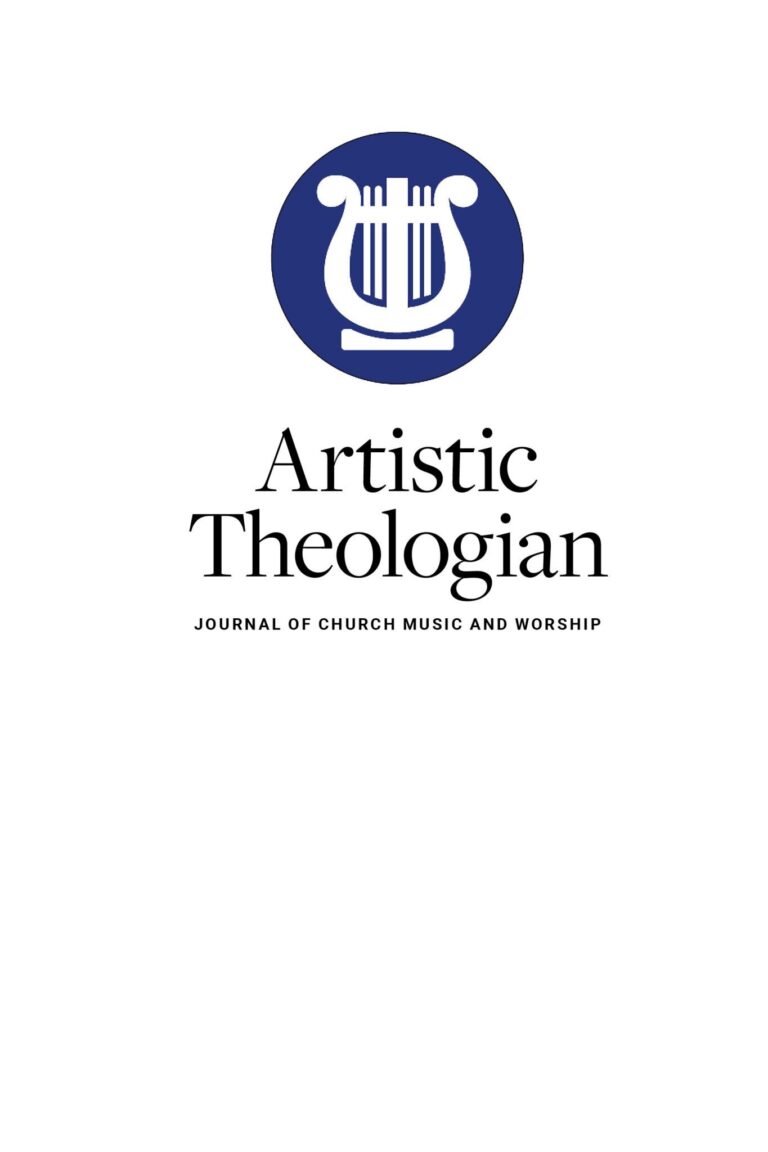
Cowden Hall’s Cornerstone Verse: Colossians 3:16
Artistic Theologian
Volume 12
Coming Summer 2025
Editor: Joshua A. Waggener
Heil, John Paul. Luke-Acts: Foundations for Christian Worship. Eugene, OR: Cascade Books, 2018. 177 pp. $26.00.
Seen as “two volumes of a unified narrative” (2), the Gospel of Luke and the Acts of the Apostles present a cohesive story of the works of Christ and the early church—a story that author John Paul Heil examines through the lens of worship. He desires to assist readers in deepening their understanding of worship in the context of a corporate gathering and as a way of life.
After a brief introduction, Heil delves into the content of his book with six chapters examining the following topics: locations, leadership, and times for worship (chapter 2); true and false worship (chapter 3); supplicatory worship (chapter 4); laudatory worship (chapter 5); baptismal worship (chapter 6); and Eucharistic worship (chapter 7). Each topic addresses how the audience—implying both the people to whom Luke was writing and all readers to this day—should worship, with the texts providing “definition, identity and legitimation” (3) for Christians as they approach the Lord individually and corporately.
Heil begins by exploring broader contexts and themes for worship as they might relate to Christ-followers and churchgoers. In chapter 2, the author explores the locations, leadership, and worship times, notably how corporate gatherings transitioned from the Jerusalem temple to local homes. As Jesus’s ministry expanded and He approached the cross, Luke highlighted the inadequacies of temple worship, pointing out its self-serving nature and departure from the gospel. In chapter 3, Heil highlights the contrast between true and false worship, illustrating why Jesus should be the Christian’s focus “rather than the false worship of earthly status, wealth, idols, the devil, or human beings” (38). This assertion is simple and profound, serving as the foundation for the book’s subsequent chapters.
Beginning in chapter 4, Heil examines specific forms of worship, starting with prayer. When studying those who pray to Jesus, he emphasizes the distinctiveness of the Christian faith. For instance, when Luke recounts Simon’s mother-in-law suffering from a fever (Luke 4) or the death of Jairus’s daughter (Luke 8), he illustrates how individuals seek Jesus for the healing of their loved ones. When the thief on the cross asks Jesus to remember him in paradise (Luke 23), or Stephen prays for Jesus to accept his spirit as he faces stoning (Acts 7), Luke highlights Christ’s role as man’s Savior and Intercessor. The author effectively develops his theme of Jesus as the true focus of our worship through his discussion of prayer.
Heil examines laudatory worship in chapter 5, with specific attention paid to the canticles in Luke 1–2. Zechariah offers thanks, celebrating not just the arrival of his son but also the salvation that Jesus will bring. Elizabeth finds joy in her son’s birth and Mary’s news of becoming the Savior’s mother. Mary reflects on her blessings in a beautiful hymn as she prepares to welcome Christ as her son. The angels announce Jesus’s birth to the shepherds, who visit the newborn before returning to glorify God. In his old age, Simeon meets baby Jesus, fulfilling God’s promise, and praises the Lord with powerful words for the salvation offered through Christ. As the chapter continues, Heil illustrates how people glorify the Lord through song, expressions of gratitude following healing, and appreciation for the truth of His word.
In chapter 6, the author examines baptism. In an intriguing section, he contrasts Jesus’s baptism by John (Luke 3) with Pentecost (Acts 2). Christ’s immersion in water symbolized the start of his earthly ministry, initiated by the Holy Spirit descending like a dove, for three years of work on behalf of the Father. On Pentecost, a wind filled the gathering place of the disciples, and all present received the Holy Spirit, representing a spiritual baptism that signified the church’s inception and the Lord’s mission across the nations.
In chapter 7, Heil’s final topic is Eucharistic worship and the partaking of meals in fellowship together. The author views gatherings around the table as significant moments for personal transformation and worship, citing Jesus as he dines with Levi (Luke 5) and the feeding of the five thousand (Luke 9). The practice of breaking bread persists within homes and community spaces. Dedicated sections discuss the Lord’s Supper, with Heil exploring each element of the sacrament.
Luke-Acts is a comprehensive and intriguing work I would readily recommend to any Christian seeking a foundation for adopting a worship lifestyle. However, I would likely direct this recommendation toward mature believers—especially worship pastors who can apply what they learn to improve their leadership within the local church. Heil’s work significantly contributes to discussions about worship in the biblical context of Christ’s time and the early church, while also exploring applications for today.





